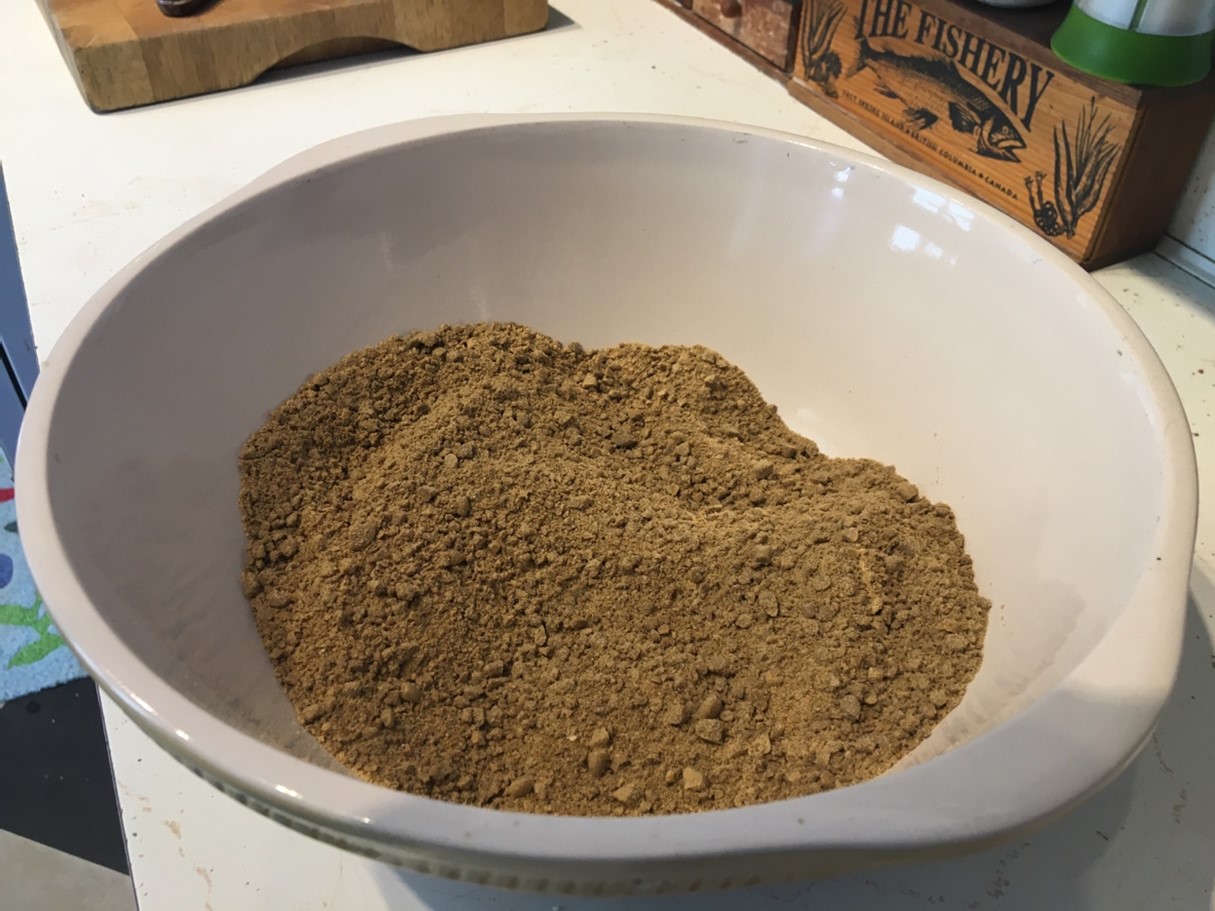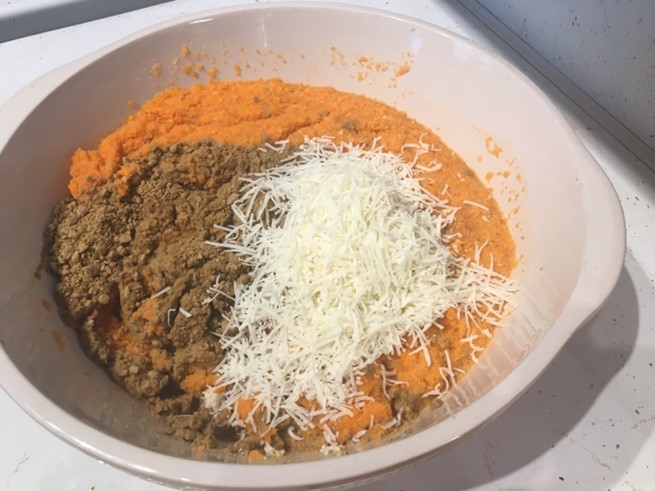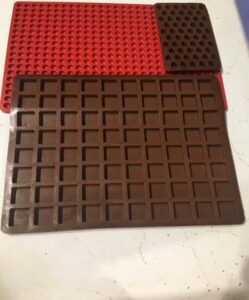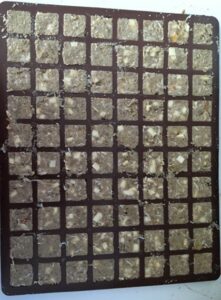Baking for my Dog
There are quite a few reasons why you may want to bake your own treats for your dog.
Some people worry about their dog’s weight. Training with food is great – it’s fast, it’s effective and the dogs like it – but too many treats can lead to weight gain. This concern can be addressed by using your dog’s kibble as a training reward, but for some dogs, kibble just does not hold high enough value.
You may, like me, have a dog with food allergies. There is a very limited range of commercially made treats for dogs with food intolerances, and they can be very expensive.
Maybe you just like baking generally, and for your dog in particular.
I’m not a veterinarian or canine nutritionist, so I encourage you to talk to professionals if you have concerns about what your dog should be eating, but here’s what I do to create tasty, high-value but not-too-fattening treats. You can follow the steps using your own dog’s food preferences and needs.
I use my dog’s kibble as the base. I grind it up into a powder.

Then I add fruits and vegetables that he likes and is allowed on his very limited and controlled diet. In Johnny’s case, that’s apples, carrots and sweet potatoes. Sometimes I throw in a tin of the wet food he is allowed.
I also add in some very finely grated cheese, for a few reasons. First, I find the fat helps the consistency of the finished treats. Second, the cheese is high value and improves the flavour. Third, I’m doing this because my dog has allergies, not weight problems – he’s actually very thin and needs the fat in his diet. If you are baking treats because you are worried about your dog’s weight, you really don’t need a lot of cheese. You are dealing with an animal that can smell a drop of blood in a swimming pool – Fido will smell the tiniest amount of cheese in a treat and will appreciate it.
I’ve experimented a bit with putting the fruit and vegetables in a blender with water, and that works quite well, but I’ve also tried cutting up the vegetables into very, very small pieces and found I like the results a bit better.



You will need to add water to the mix. Again, you will have to experiment a bit because how much water you need will depend on factors such as the quantity and type of fruit and vegetables you add, how much, if any, cheese you add, and what consistency you want.
Once the batter is ready, put it into a mold. There are some fun ones out there for making dog treats (e.g. little bone-shaped treats). I use different-sized treats for different purposes, so I use a few different molds.


You will need to experiment a bit with how long to bake and at what temperature because what works for you will depend on many factors: ratio of kibble to vegetables, how much water you add, what consistency you want, what sized mold you use, how hot your oven cooks etc. However, even if your experiments go a bit wrong, you don’t have to throw away the food – Fido will happily eat it in his bowl as his meal if the result doesn’t work for treats.
If you are doing this because of concerns about your dog’s weight, you can keep track of how much kibble he’s getting in the treats and deduct it from his meals – he’ll still be getting the same amount of kibble but in different forms at different times.
I bake in large batches and then freeze what I don’t need immediately. These sorts of treats will keep well for a few days but will go moldy, especially in hot weather.
Here’s Johnny, demonstrating some impulse control, looking forward to earning his treats! He’s not wild about his kibble by itself, but he sure loves the cookies Mum makes with it!
Happy Baking!


